INDIAN CANYON NATION
Indian Canyon Chualar Tribe of the Costanoan-Ohlone People
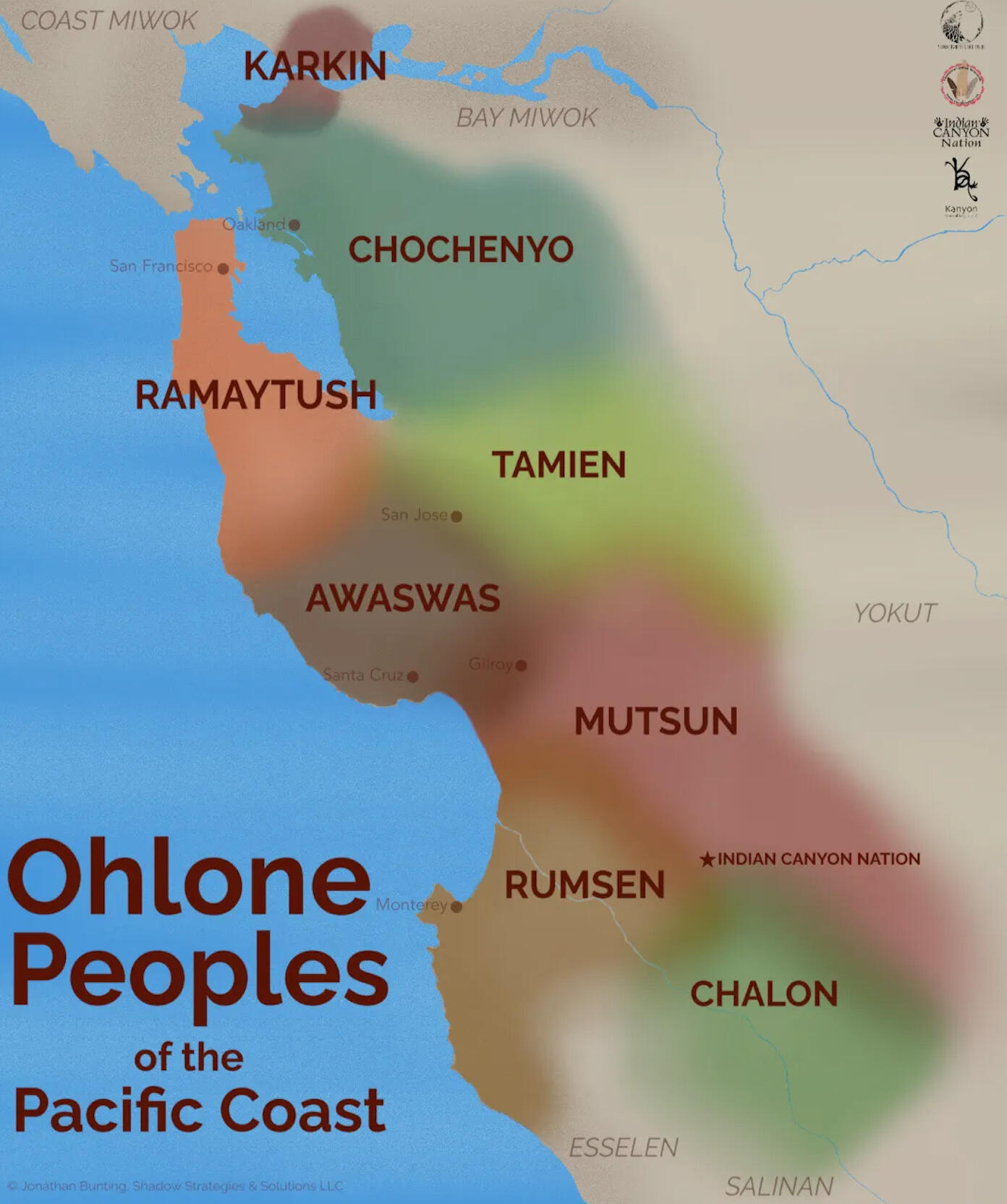
EMBRACING HISTORY
" In the heart of California’s vibrant history, the enduring spirit of its Native peoples thrives, serving as a constant reminder that these communities are not relics of the past—they are very much present, continuing to shape the Golden State’s cultural identity. Contrary to being relegated to a forgotten chapter of history, California’s Indigenous Peoples ARE STILL HERE. ... "
~ Jon ShadowWolf Bunting is a writer, artist, & blogger. His work explores trauma, healing, & identity.

Serving the Indigenous Costanoan Ohlone community, and our ancestors


THE LAND OF MY ANCESTORS
While the Ohlone people are not federally recognized as indigenous nations in the San Francisco Bay Area, the State of California ultimately accepted Ann Marie's right to reclaim her ancestral land in the Indian Canyon, which is now a sanctuary to many indigenous peoples who don’t have traditional lands for ceremonies.
“We need truth in history. It’s so important. The foundation of this country was built on the lives and death of Indians.” -- Ann Marie Sayers
FOLLOW ICN FOR UPDATES
A map of Native Lands
ABOUT THE ORGANIZATION

CIR (Costanoan Indian Research Inc) is a registered 501(c)(3) non-profit located in the land of the Indian Canyon Chualar Tribe of the Costanoan-Ohlone People in Hollister, California. -- The land and people are also known as the “Indian Canyon Mutsun Band of Costanoan-Ohlone People“, and more commonly referred to as ICN (Indian Canyon Nation).
CIR aims to preserve, protect, support, and promote the cultural heritage, history, traditions, and contemporary issues of California Natives.These goals are accomplished by providing research, documentation, and dissemination of knowledge of the cultures, languages, histories, and contemporary issues of the indigenous peoples of California, particularly the Costanoan Ohlone people (the original inhabitants of the San Francisco and Monterey Bay areas).The organization also creates educational and cultural programs, culturally sensitive and relevant ceremonial sites for Natives needing traditional land to conduct their cultural and spiritual activities; and promote cross-cultural understanding and respect. Their works go far beyond this. Their mission is rooted in a long and painful history of colonization, displacement, and erasure of California Indigenous peoples.


SUPPORTING INDIAN CANYON NATION
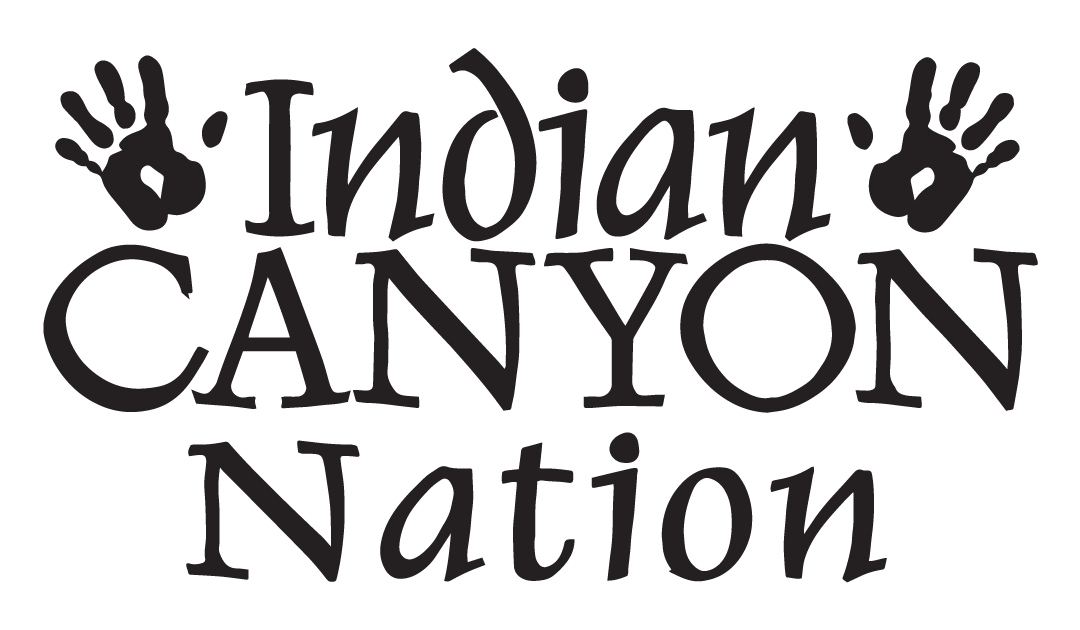
CIR plays a vital role in supporting ICN and its mission. Through its programs and initiatives, CIR promotes cultural heritage preservation, education, and community development. They offer tours of ICN, lectures, workshops, and other events to educate the public about the California Natives and their traditions. The nonprofit is also involved in land restoration projects, working to restore the native plant species and habitats of ICN.
THE MISSION of CIR 501(c)[3]
Our mission is to serve the Indigenous Costanoan Ohlone community, and our ancestors, through ongoing protection and care for our land, traditions, and people; to support all California Indians through educational and cultural programs; and to serve the spiritual needs of indigenous people.
1. To create local, national, and international programs designed to improve and enhance the cultural image of California Indians through greater public exposure of Tribal history, heritage resources, and products.2. To establish greater influence over public policies and programs affecting indigenous peoples and the environment.3. To identify and implement projects (economic, social, and cultural development) geared to improve the cohesiveness and self-sufficiency of the Costanoan People.4. The establishment of a central clearing house of information pertaining to the Costanoan people of the area.5. Provide traditional lands for the indigenous peoples to carry out their own tribal ceremonies and share their traditional way of living in balance and harmony with the environment.6. To reclaim ancestral lands and to provide support and assistance to California indigenous people seeking to reclaim their own lands.

NOTE: Items 7 - 10 were among the reasons CIR was formed, and were among its original Mission Statement, and were very much a part of CIR's day-to-day operations in the 1980s and 1990s; however, these are currently not included in CIR's scope of work7. To promote research in the field of West African Pygmy Goats producing show quality stock.8. To conduct research in conjunction with universities and other ongoing research projects to determine the healing process by which these goats recover from injuries which appears to be significantly faster than the rate of recovery of normal sized goats.9. To provide, from among this stock, West African Pygmy Goats to children's organizations; 4-H clubs, Children's Village, and studies that involved children and animals.10. To provide a demonstration project in conformance with the Bureau of Land Management, to reclaim priorly owned Indian land.
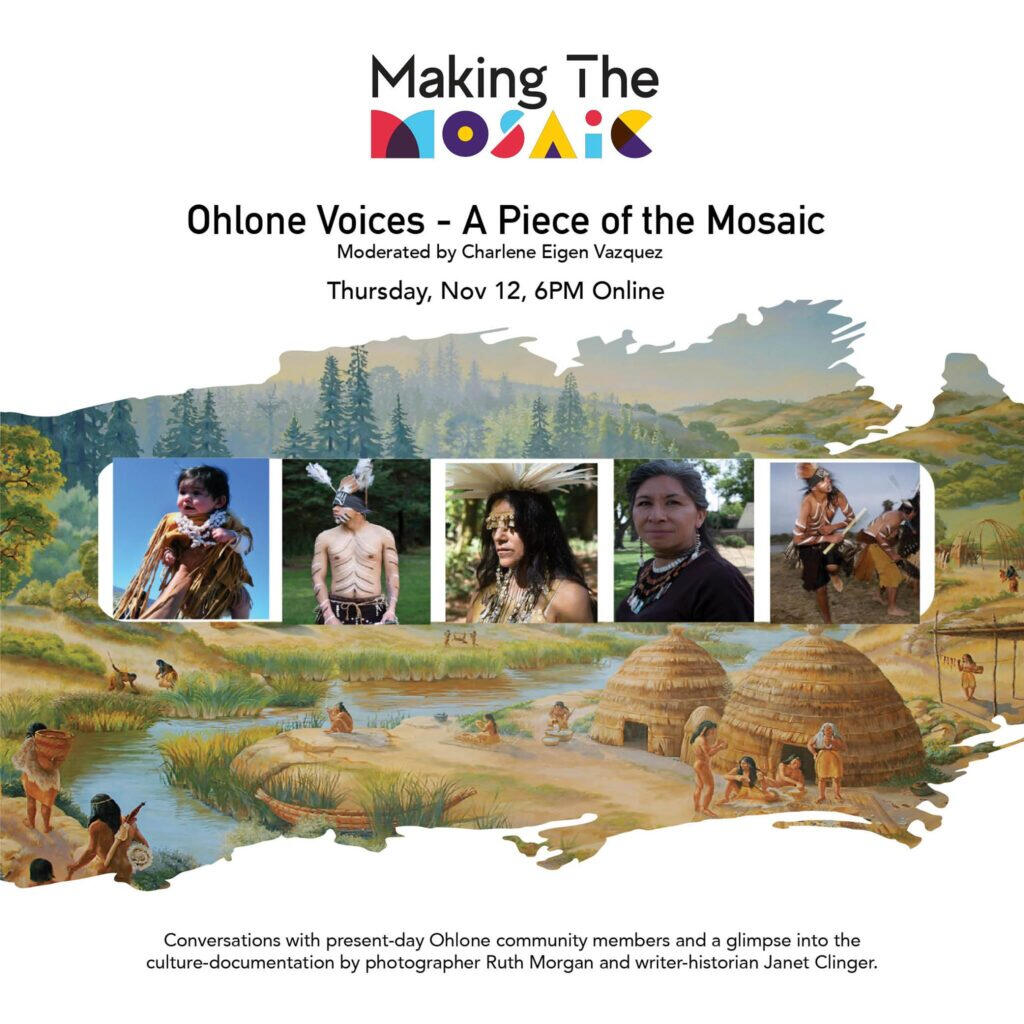
Honoring a California Legacy
Experience the efforts of three generations of Ohlone people, living in California and committed to keeping their native cultures alive and thriving. Follow their journey, documented through new photographic images and oral histories that illuminate their stories.
CONTACT US
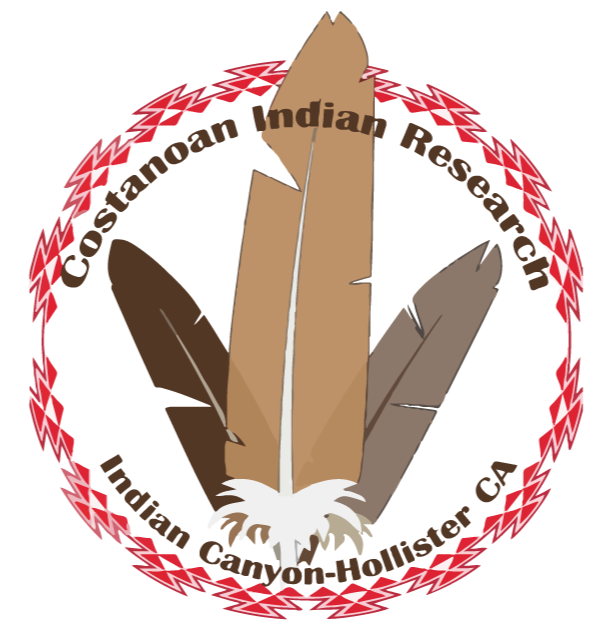
PHONE: (831) 637-4238
MAILING ADDRESS:
Costanoan Indian Research
P.O. Box 28, Hollister, CA 95024
THE TRIBAL NATION
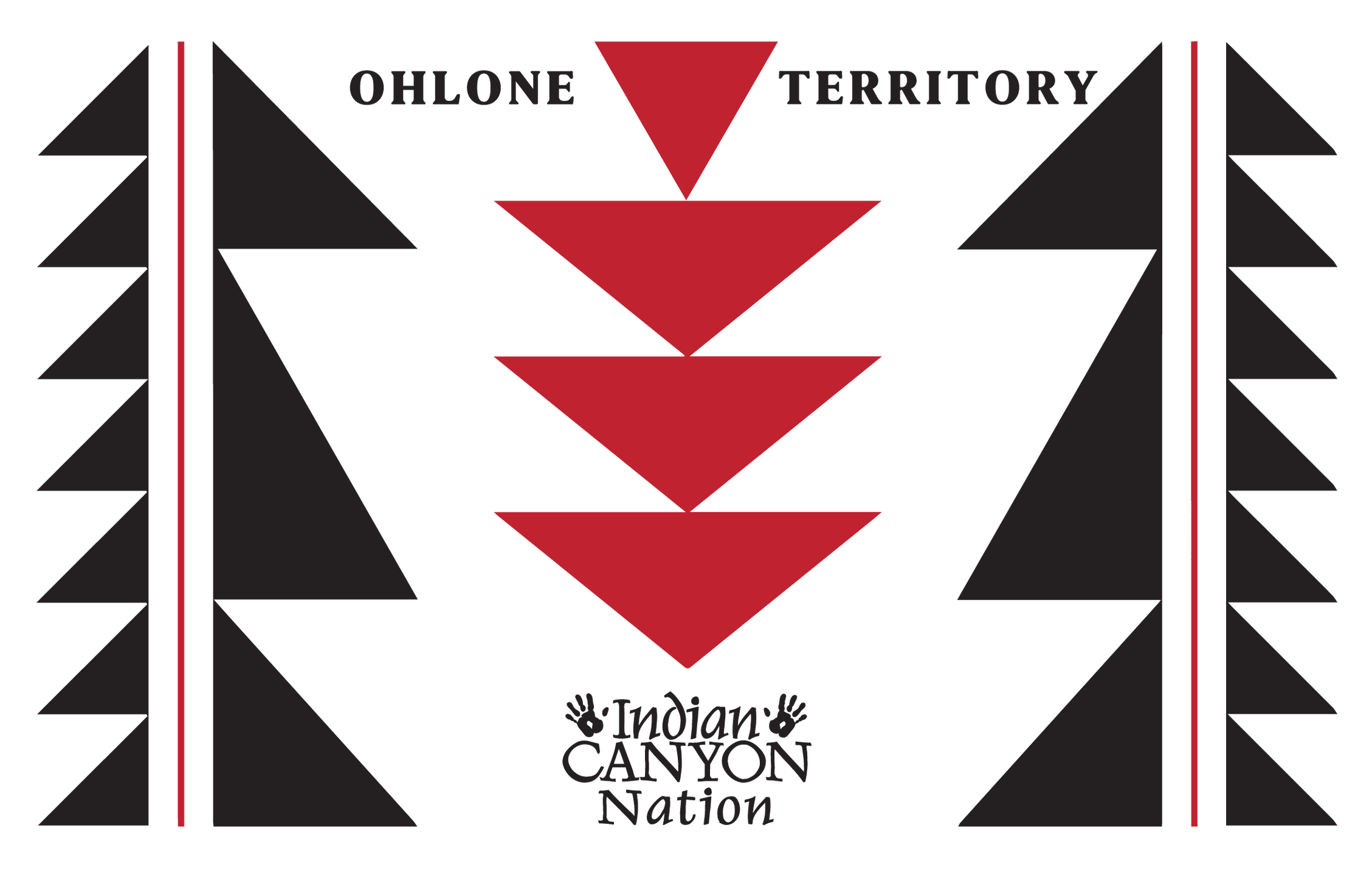
Indian Canyon is the only federally recognized “Indian County” between Sonoma and Santa Barbara, and has been sacred land and home for Ohlone / Costanoan people for thousands of years. ICN is the land of the ancestors of tribal family members, including CIR founder/Tribal Elder, Ann-Marie Sayers, her brother/Tribal Elder, Chris Sayers; and her daughter, current CIR President/ICN Tribal Chairwoman, Kanyon Sayers-Roods. CIR is owned by the ICN; CIR serves as ICN’s nonprofit and administrative arm.
Since the 1980s, it has also been available to non-indigenous people, serving local communities educating themselves on history and Traditional Ecological Knowledge, including K-12 students, and student researchers interning with the CIR, and anyone drawn there for ceremony.ICN hosts over ten sweat lodges, two beautiful arbors for gatherings, and offers a roundhouse area (site for our future traditional Village House) for special events. ICN also offers 30-40 areas for individual prayer and ceremony.
THE PEOPLE ARE IN NEED OF HELP
The only land that has been continuously held by the Costanoan-Ohlone people (ICN) has been a sacred land to North American Indigenous communities. It provides safe haven for natives needing land for ceremony and education, and it continues to be an important cultural site for pan-Indigenous ceremony, land-based cultural education and practice.
ICN is a place to gather, practice traditions and connect with ancestors; educate the public about culture and history; work towards better futures for local communities.The land, tribal community, and this amazing public resource... are at risk.
FOLLOW ICN FOR UPDATES
THE HISTORY OF
INDIAN CANYON NATION
From before recorded history, the Costanoan-Ohlone People native to California have lived in harmony with the land. They have practiced sustainable agriculture, hunting, and fishing harmoniously with the land.Every aspect of that harmonious life changed for Native Indigenous communities, with the late-1700s Spanish colonizers’ arrival. Their traditional villages, cultural artifacts, and practices were destroyed; they were forced to convert to Christianity, endure grueling work and live at the missions, and subjected to oppressive mistreatment, squalid living conditions, and new European diseases. Brutally unforgiving mission life caused a 400% mortality rate increase, from 20% (based on modern research) to 80%.Hardships perpetuated with both 1821 Mexican and 1849 US government control. Land was stolen, and original people were forced off their lands, worsening with the 1849 Gold Rush. Natives were deemed obstructions to resource extraction. Railroads arrived, and the government decided land value justified breaking the eighteen 1851-1852 USA/California Native treaties. As westward displacement was impossible, the US government allocated $1.7 million for removal and legal murder, paying out $5 a head and $0.50 a scalp of a California Native. A staggering 80% of California Native communities perished. Secluded and difficult to find, ICN continued providing safe haven to Indigenous People, now seeking to escape legalized genocide.Defiantly, California Natives continued embracing their culture, traditions, and connection to land, practicing ceremonies in secret, and passing knowledge and stories generationally.In 1911, by Federal action of President Taft’s signature, under the 1887 Dawes Act (aka Allotment Act of 1887), ICN land was trust allotted to Sebastian Garcia, Great-Grandfather to future CIR-founder, Ann-Marie Sayers; she inherited Sebastian’s trust allotment, along with her brother, Chris Sayers.
THE LAND OF MY ANCESTORS
We are the Indian Canyon Chualar Tribe of the Costanoan-Ohlone People in Hollister, California. -- The land and people are also known as the “Indian Canyon Mutsun Band of Costanoan-Ohlone People“, and more commonly referred to as ICN (Indian Canyon Nation).While the Ohlone people are not federally recognized as indigenous nations in the San Francisco Bay Area, the State of California ultimately accepted Ann Marie's right to reclaim her ancestral land in the Indian Canyon, which is now a sanctuary to many indigenous peoples who don’t have traditional lands for ceremonies.
ICN gained state-wide, national public attention in the 1980s by the efforts of Ann-Marie. Deciding to build her home on the site where she currently lives (located in ICN), Ann-Marie was informed that the land fell under Bureau of Land Management (BLM) jurisdiction and wasn’t among the inherited land. Notably, this land, a mere mile from the recorded canyon entrance, back at least 4,200 years, was considered by generations to be her ancestral land; it was where Sebastian, his grandmother, and her grandmother lived. Ann-Marie was aghast. This unceded land of her ancestors was only under US government control due to war crimes against Indigenous Peoples.Lacking money for land purchase, she visited the BLM office near Sacramento, invoking the Allotment Act of 1887 to reclaim her ancestral land. She was informed this one-hundred-year-old act had requirements she couldn’t possibly meet: showing the ability to generate income sufficient for self-sustainability; wouldn’t be allowed a secondary residence; would have to graze without irrigation aid, etc. Ann-Marie was determined to be successful in the reclamation of fuller access to her ancestral homeland, including ceremonial, sacred sites.After a strenuous 8-year legal battle, she emerged victorious with her own trust allotment. She continued to welcome all Indigenous people to ICN as a safe haven to conduct traditional ceremonies and rekindle Traditional Ecological Knowledge; she also broadened the invitation to non-indigenous people for community-building and spiritual practices.
A BEACON OF RESILIANCE
This land has always been inhabited by the original trust patent issued by President Taft, in 1911, to the Costanoan/Ohlone people -- and most importantly, it still is. -- Today, ICN is home to the HQ of CIR, its nonprofit arm, providing research and exchange opportunities for students throughout Northern California.In recent years, a CIR language revitalization program has been created to preserve and rebuild the currently dormant Mutsun language. Kanyon has self-published a Mutsun-language coloring book focused on educational language revitalization. Approximately 900 copies have been sold. While she is planning to self-publish more, she would benefit greatly from a partnership with a publishing house or another printing service.
